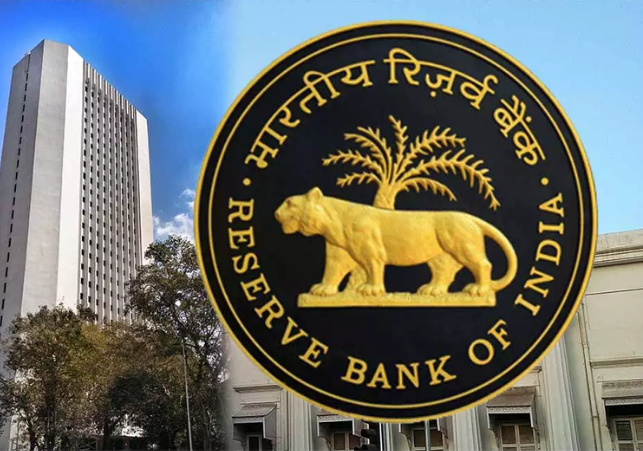Decoding RBI's Rs 2 Lakh Crore Income: How Does It Earn?
Exploring the Revenue Streams of the Reserve Bank of India: Unraveling the Mechanisms Behind Its Rs 2 Lakh Crore Income
The Reserve Bank of India (RBI) stands as a financial powerhouse, annually contributing substantial amounts to the government treasury through dividends. This fiscal year, projections suggest a remarkable Rs 1 lakh crore infusion, reflecting the robust financial health of the central bank. But what are the avenues through which the RBI amasses such staggering wealth?
The dividends dispensed by the RBI form a significant lifeline for the government's finances, highlighting the symbiotic relationship between the two entities. Last year, the RBI transferred a substantial Rs 87,400 crore to the government's coffers, a testament to its pivotal role in bolstering fiscal stability. This year's anticipated contribution is poised to surpass the previous record, potentially exceeding 2 per cent of the total budget, underlining the RBI's substantial fiscal impact.
Delving into the RBI's financial performance for 2023 reveals a staggering total income of Rs 2.3 lakh crore, equivalent to over 5 per cent of the preceding year's budget. Such figures underscore the pivotal role the RBI plays in augmenting government revenues, acting as a significant financial pillar for the nation.
But what underpins the RBI's remarkable financial success? The answer lies in its multifaceted functions, ranging from regulating the banking sector to managing currency circulation. As an integral arm of India's Finance Ministry, the RBI oversees various critical functions, including currency issuance, supply control, and price stabilization.
Seigniorage, the profit derived from currency printing, constitutes a vital revenue stream for the RBI. By adding value to the cost of printing, the RBI generates substantial profits, bolstering its financial reserves. Additionally, the RBI extends loans to commercial banks, accruing interest income and contributing to its revenue pool. Furthermore, the purchase and sale of government bonds and management of foreign exchange reserves serve as additional sources of income, further diversifying the RBI's revenue streams.
Notably, the lion's share of the RBI's income stems from interest and foreign exchange operations, as indicated by a recent report from Union Bank. Approximately 70 per cent of the RBI's balance sheet comprises foreign currency assets, with an additional 20 per cent attributed to government bonds. The report estimates the interest income from these securities to range between Rs 1.5 lakh crore to Rs 1.7 lakh crore, underscoring the substantial contribution of these activities to the RBI's overall revenue.
In essence, the RBI's financial prowess is a testament to its strategic operations across various domains, from currency management to prudent investment practices. As a cornerstone of India's economic landscape, the RBI's robust financial performance not only bolsters government revenues but also fosters economic stability and growth.


.png)

.png)

